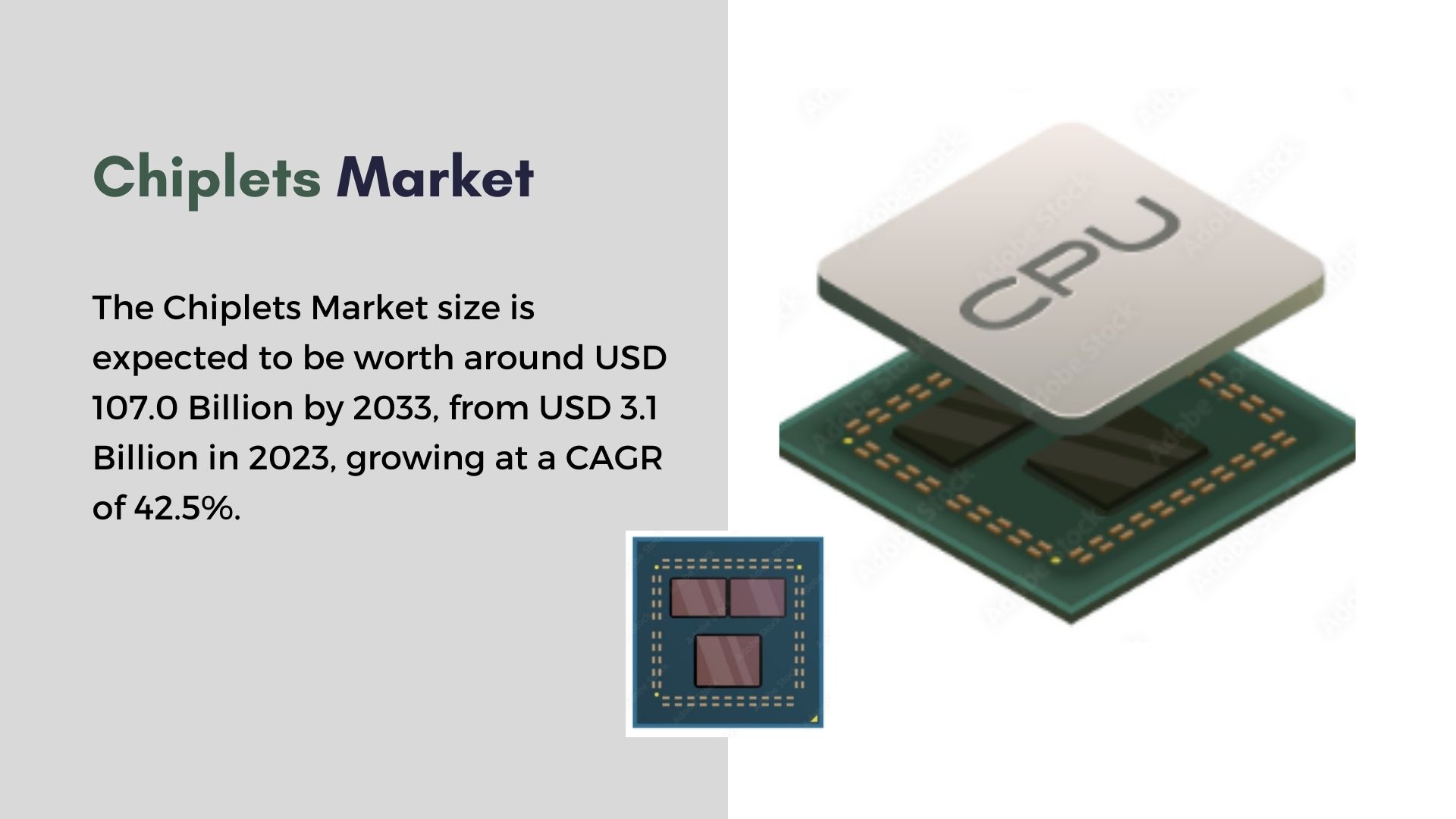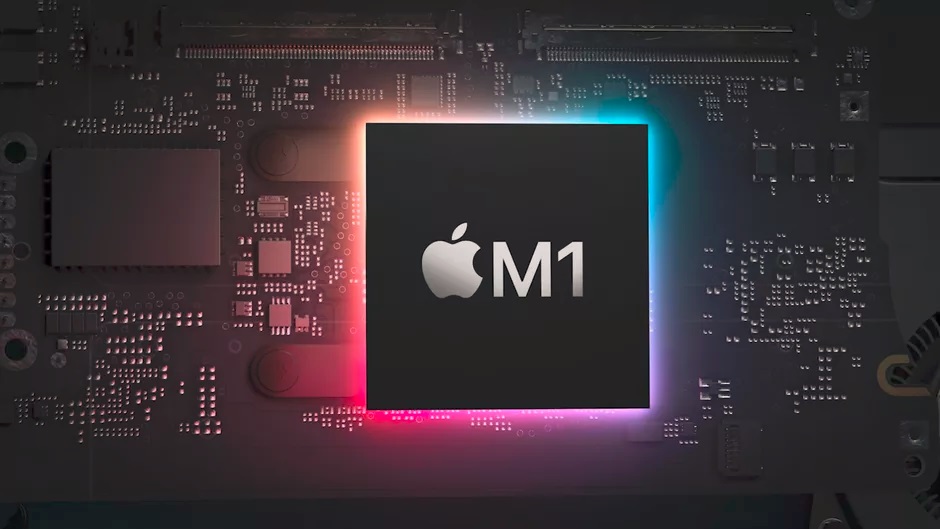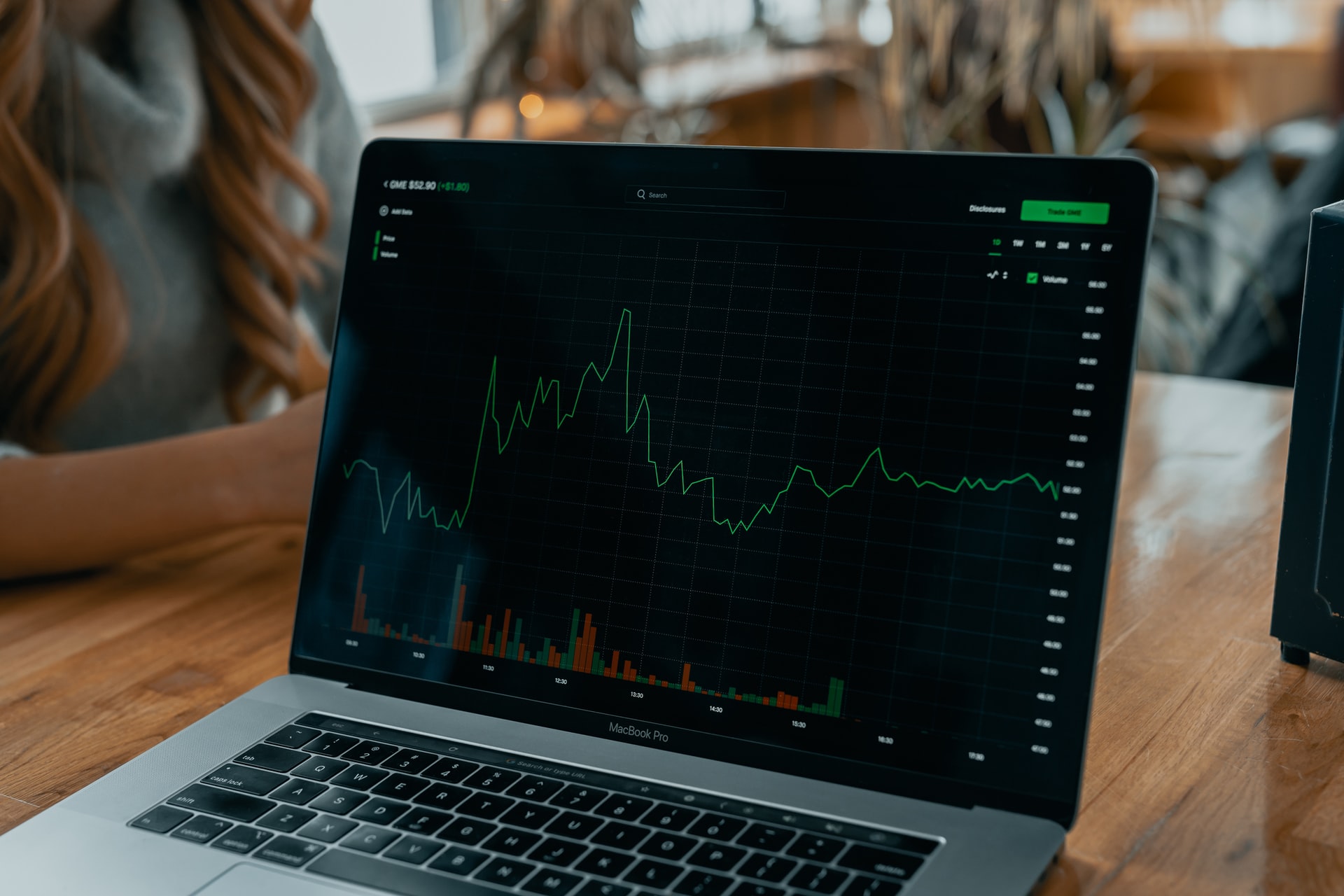A Smart Home refers to a residence with appliances, lighting, heating, entertainment systems, and internet-connected devices that can be controlled remotely by smartphone or voice. The technology enabling this remote monitoring and management is called home automation or domotics. The origins of today’s smart home technologies can be traced back to the early 20th century when electrically powered home appliances became common. However, “smart home” emerged in the 1980s as computing power improved and wireless communication networks were developed.
Several factors are driving the adoption of smart homes. Advancing artificial intelligence and voice recognition technology have made controlling devices via voice assistants like Amazon Alexa and Google Home mainstream. The Internet of Things (IoT) has also enabled more products to connect to the internet and each other. Consumers are attracted to the convenience, energy savings, security benefits, and entertainment options offered by smart home tech.
Major smart home device categories include smart speakers, smart lighting, smart thermostats, video doorbells, smart locks, robotic vacuums and mops, smart appliances, and voice assistant-compatible electronics. Smart speakers in particular have become widespread, with devices like the Amazon Echo and Google Nest taking the lead. As smart home tech becomes more affordable and commonplace, adoption rates amongst tech-savvy consumers as well as mainstream households will likely continue rising.
Editor’s Picks
- The global smart home market is expected to reach a value of almost 141.5 billion U.S. dollars in 2023.
- Companies including Google, Amazon, and Apple have driven the development of the smart home
- There will be an estimated 353.18 million smart homes in the world in 2023.
- In the Smart Home market, the number of active households is expected to amount to 785.2m users by 2028.
- American smart home device owners spent an average of $1,202 on their smart-tech household electronics.
- By 2023, the smart home industry automation in U.S. homes will be 53.9%.
- 78% of people planning to purchase a house are willing to pay extra for a smart home.
- In the United States of America, on average there are around 8 smart devices in a household. (enterprise apps today)
- The American Smart Home market revenue is expected to grow at a( CAGR of 10.63% between 2022 and 2027 by reaching $64.24 billion by 2027. (enterprise apps today)
- Asia Pacific is expected to become the largest market for Smart Homes in 2023. (enterprise apps today)
- In the United States of America, the total number of smart homes is expected to increase by reaching 140 million by 2027. (enterprise apps today)
- Smart devices such as televisions, speakers, and monitoring systems are among the most sought-after smart gadgets.
- Projections indicate that by 2025 there will be 481.9 million smart homes worldwide.
- Top smart home tech providers include Samsung, Ericsson, GE, Schneider Electric, and Honeywell.
- 11% of consumers own three or more home control devices.

Smart Home Adoption Rates
- According to 2021 surveys, around 35% of U.S. households now have at least one type of smart home technology device installed. This represents a steady upward trend, with adoption rates estimated at 30% in 2019 and 25% in 2017.
- Breaking this down by device type, smart speakers have seen massive growth over the past 5 years. In 2021 approximately 30% of households had a smart speaker, up from 7% in 2016. Smart lightbulbs are also common, present in around 25% of homes.
- Other smart device adoption rates include smart plugs (15%), smart locks (10%), security such as video doorbells (8%), smart thermostats (8%), and smart appliances such as refrigerators, washers, and robot vacuums (5-10% each).
- Looking at trends over time, smart speaker ownership has risen most rapidly, with a 4x increase from 2016 to 2021. Smart lightbulbs, locks, and security devices have also seen strong growth upwards of 2x over the past 5 years.
- Demographic factors impact smart home adoption as well. Ownership rates skew higher amongst younger generations like millennials (45% adoption) versus Gen X (30%) and baby boomers (20%). Higher-income households earning over $100k per year have adoption rates around 50%, well above the national average.
The Best Smart Home Gadgets For 2023
- Amazon Echo (4th Gen)
- Google Nest WIFI Router
- Robot Vacuum
- Smart Security Camera
- Sonos – One (Gen 2) Smart Speaker with built-in Voice Control
- Philips- A19 – E26 smart bulb – 60 W (2-pack)
- Arlo Pro 4 Spotlight Camera – 3 Pack
- Sony BRAVIA XR A80L
- Govee AI Gaming Sync Box
- iRobot Roomba s9 -Best high-end robot vacuum
Segmentation Statistics
- The smart Appliances segment achieved the highest value of 87.9 million U.S. dollars in 2027.
- The global shipment total for smart home devices reached around 857 million units in 2023.
- In 2022 the global smart home security market increased to 3.27 billion U.S. dollars in revenue.
- The global smart refrigerator market is valued at around 2.5 billion U.S. dollars today.
- The global robotic vacuum cleaner market made around 4.48 billion U.S. dollars from retail sales in 2021.
Demographics Statistics
- Convenience was the top motivation for using smart home devices among 46% of consumers from different demographics.
- 37% of consumers identified fire/theft alarm systems as the most important smart home product to protect their properties.
- Men (17%) are more likely than women (13%) to use smart devices to reduce utility bills.
- Women (19%) are more likely than men (13%) to utilize smart home technology for additional home security.
- 36% of men and women aged 35-54% believe cameras provide the most effective home protection.
- 14% of women aged 25-344 identified smart locks as their most protective device.
Smart Home Effects on Real Estate
- Millennials are changing the real estate landscape for home upgrades because they are willing to pay 25% or more for the connectivity of a smart home.
- 82% of consumers say they are more likely to purchase a new home that has smart technology.
- 63.2% of Gen Z renters say smart home tech is an important factor in deciding where they live.
- As of 2019, 43% of Gen Z homebuyers said smart home capabilities were highly important, whereas only 15% of Baby Boomers said the same.
Smart Device Usage Statistics
- Smart speakers see heavy daily usage, with most owners interacting with their devices at least once per day. In 2021 surveys, over 50% of smart speaker owners reported using the device multiple times per day.
- Smart lightbulbs and smart plugs are turned on/off less frequently than speakers are used but still see daily operations. Approximately 30% of consumers report controlling these devices at least once per day.
- Smart locks and security devices have much lower frequency interactions, with usage centered around entering/exiting the home. Only about 10% of owners report using these daily.
- Smart speakers are the most used smart home device category, driven by frequent voice assistant queries and controlling other devices. Smart lights rank second in frequency of use, controlling ambient lighting.
- Usage frequency trends higher amongst younger smart homeowners. Millennials are about 20% more likely to use smart devices multiple times per day compared to Gen X or Baby Boomers.
- Households with above-average income levels also see higher smart device usage. The convenience and novelty seem to drive more frequent interactions amongst these demographics.

Impact on Energy Use
- Smart thermostats have been shown to reduce heating and cooling costs by approximately 10-15% on average, with higher efficiency gains in larger homes. Energy savings come from more optimized temperature settings and schedules.
- Smart lighting delivers estimated energy savings of 7-10% by automatically dimming/turning off lights in unoccupied rooms. Larger homes with more lighting can see savings of upwards of 20%.
- Home energy management systems that control multiple devices can reduce total home energy use by 15-20% typically. Savvier monitoring and automation of appliances, lighting, and HVAC boosts efficiency.
- On average, a home installing a suite of smart devices like a thermostat, lighting, and home management system can expect a 10-15% drop in energy bills. Higher-than-average use homes can experience 20-25% or greater reductions.
- Larger homes from 3-4 bedrooms and up see greater energy reductions from smart technology due to more area and devices to optimize. Smaller homes and condos experience gains more in the 5-10% range.
- User behavior influences results as well. Households diligent about using scheduling, monitoring, and automation features will maximize energy savings versus inconsistent users.
By Region
Worldwide
- Estimates suggest that by 2022, revenues in the global Smart Home market will reach $117.60 billion.
- As of 2022, American markets account for most of the worldwide revenue with 31,450 Million being generated there alone.
- As per Smart Home Statistics, by 2023 it is expected that revenues will total $141.5 billion with an 18.5% change in revenues.
- As expected in 2022, household penetration is projected to reach 14.2%; it should grow to 28.8% by 2027.
- On average, each Smart home installation could generate revenue of $381.90 annually.
Asia
- Assuming growth over 2023, revenue in the Asian Smart home market should reach $55.19 billion with revenue changing by 19.7% year over year.
- By 2027, it is projected that there will be 349.20 million households worldwide.
- Household penetration estimates for 2022 stood at 12.6% and are projected to increase to 27.1% by 2027.
- As of 2023, projected revenue in the Asian Smart home segment stands at $55.19 billion with an increase of 19.7% year over year.
Smart Home Stats by Device
Voice Assistants
- Forecasts suggest that by 2024, digital voice assistants may reach 8.4 billion units worldwide – more than double their current population count!
- 34% of U.S. citizens utilize voice search at least once monthly.
- Voice assistant purchases through smart-home devices are expected to grow from $22 billion in 2020 to over $164 billion by 2025.
- The voice assistant market size is projected to reach $99 billion by 2026.
Heating and Cooling
- Energy Star-certified smart thermostats have been shown to reduce heating and cooling times by at least 8% and 10% respectively.
- By 2026, it was projected that the smart thermostat market size will exceed $8 billion.
- Analysts project that 19.6 million smart thermostats will have been installed by 2022.
- By 2026, smart thermostats could reduce annual space heating and cooling energy usage by approximately 9 percent, according to estimates.
A/V
- Smart televisions and speaker systems are among the most prevalent forms of smart home tech found in American homes today.
- Statistics regarding home automation systems include 44% of smart homes including smart entertainment systems such as Google Chromecast, Apple TV, or Amazon FireTV.
- In 2020, global smart TV market demand reached 268.9 million units; experts anticipate an expected compound annual growth rate (CAGR) from 2021-2028 of 20.8%.
Appliances
- Smart appliances make up an impressive portion of market revenue, and global consumers are projected to spend $21.5 billion by 2023.
- The global smart kitchen market is forecast to experience exponential growth through 2027, reaching $43 billion.
- Smart refrigerators can drastically increase energy efficiency. Traditional models use up an estimated 1,278 KW hours annually; smart ones have an average capacity of over 21.9% more.
Lighting
- Household penetration of smart lighting was estimated to reach 6.6% by 2022 and 21.5% by 2027.
- Lighting makes up approximately 15% of a typical household’s electricity use and using LEDs can save roughly $225 in energy costs annually.
- By 2030, it’s expected that the global smart lighting market will more than quadruple from $11 billion in 2020 to an expected $44 billion valuation.
ABOUT AUTHOR

Kundan Goyal possesses a wealth of experience in Digital Marketing, offering valuable insights to businesses of all sizes. He actively contributes to industry-specific PR, news outlets, and forums, shaping discussions and driving forward-thinking strategies. Outside of work, HE enjoys carrom and has a deep passion for news editing and research. His strength lies in helping companies make informed, strategic decisions and predicting future trends. With his dedication and innovative approach, he is a versatile professional who brings a unique blend of skills and expertise to the ever-evolving digital landscape, enabling businesses to thrive in this dynamic environment.









